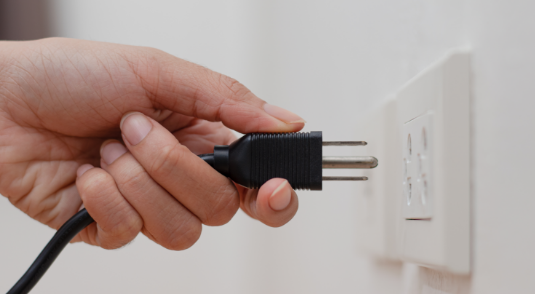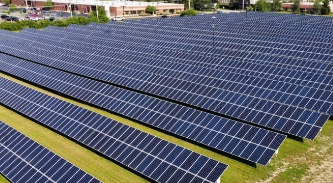Understanding Solar Power: Watts, Kilowatts, and Megawatts

When it comes to solar energy, understanding the terminology surrounding power measurement is crucial for businesses looking to harness its benefits. Let's delve deeper into the differences between watts, kilowatts, and megawatts, and how they apply in commercial applications.

Watts
The watt (W) is the fundamental unit of electrical power, measuring electricity use at a specific moment. For example, a 30-watt (30W) light bulb uses 30 watts of electricity when it’s turned on. Turning on a lamp with a 30-watt bulb for one hour uses 30 watt-hours (Wh) of electricity. (Here’s a bit of trivia: Since the Watt was named after Scottish inventor and engineer James Watt, abbreviations for watt always use a capital W.) Understanding watts is essential for businesses aiming to optimize energy efficiency and reduce operational costs.

Kilowatts
Larger appliances and renewable energy systems, such as solar panels, are often rated in kilowatts (kW). One kilowatt equals 1,000 watts, making it a standard unit for measuring power output. Solar panels installed on commercial buildings typically generate electricity measured in kilowatts, contributing to overall energy savings and environmental sustainability. Moreover, electricity bills are commonly measured in kilowatt-hours (kWh), reflecting the total energy consumed over a given period. Implementing energy-efficient practices and investing in solar technology can significantly reduce a business’s reliance on traditional grid power, resulting in cost savings and environmental benefits.

Megawatts
In the realm of large-scale solar installations and solar fields, power output is often measured in megawatts (MW). One MW is equal to 1,000 kilowatts—or 1 million watts, signifying substantial energy generation capacity. Businesses, municipalities, and organizations with extensive energy needs can benefit from deploying megawatt-scale solar systems to offset electricity consumption and reduce carbon emissions. By investing in megawatt-level solar projects, businesses can make significant strides toward achieving sustainability goals while demonstrating environmental leadership within their communities.
Partnering for Success: Your Solar Journey Starts Here
Embarking on a solar journey may seem daunting, but you don't have to go it alone. At Nelnet Renewable Energy, we're here to guide you every step of the way. From initial consultation to system design, installation, and maintenance, our team of experts is committed to delivering tailored solar solutions that meet your business needs and sustainability goals.
Ready to unlock the power of solar for your business? Contact Nelnet Renewable Energy today and embark on a journey towards a brighter, more sustainable future. Together, we'll illuminate the path to energy independence and environmental stewardship.
Contact Our Team